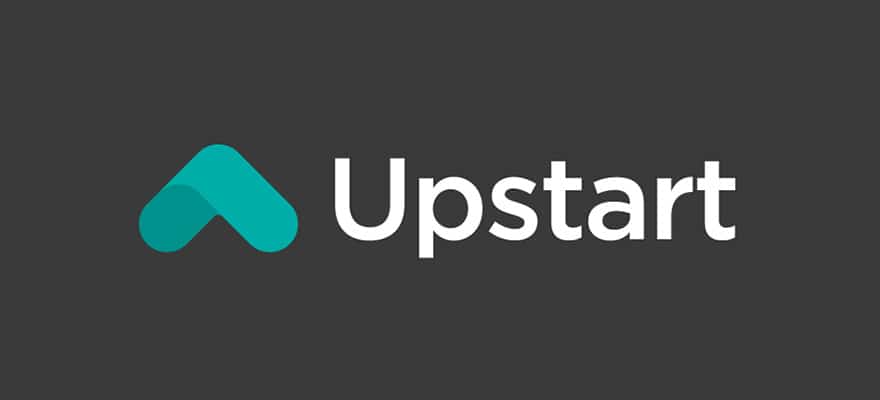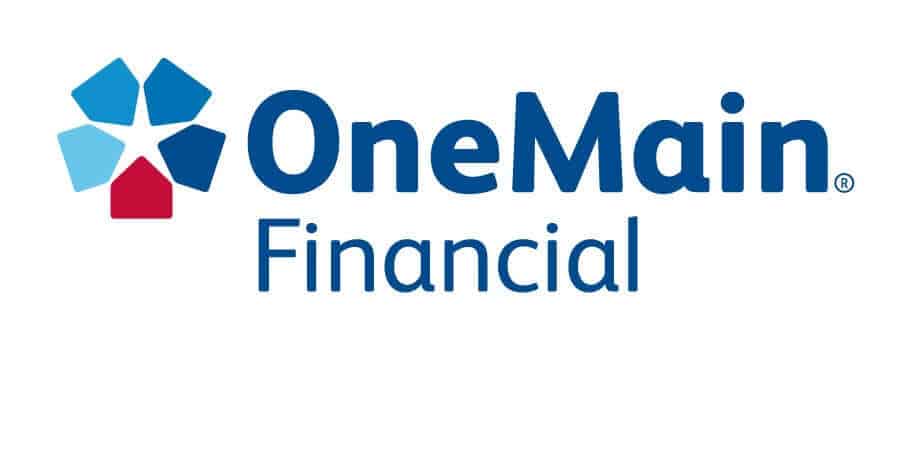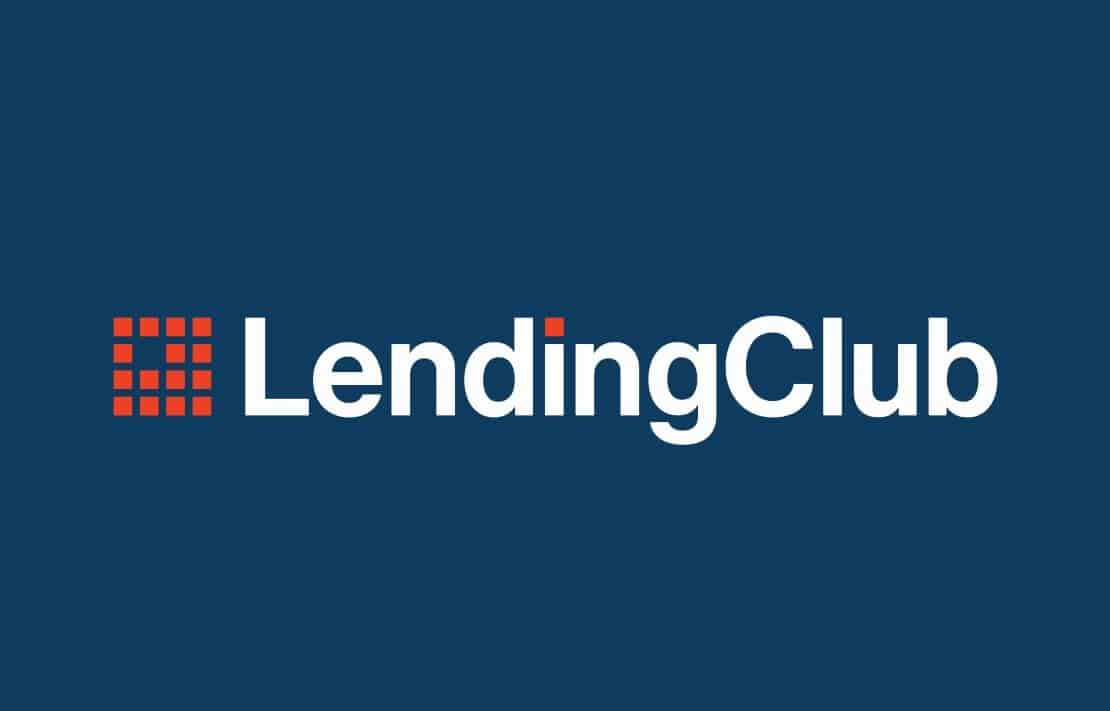Bad Credit Car Loans in 2021
Buying a car outright is no easy feat if you’re on a tight budget. Whether the car is brand new or second hand, sellers typically require cash for the total value of the car.
The only exception to this rule is buying a car on finance. You’ll have the option of purchasing the car outright and making monthly repayments, opting for a conventional leasing agreement, and even a personal loan.
In this article, we explain the ins and outs of how a bad credit car loan works, how much you can get, who is eligible, how much interest you should expect to pay, and more.
-
-
Apply for a Bad Credit Car Loan with our Recommended Providers:
Reviewers Choice
UpstartRatingAvailable Loan Amount$1,000 - $50,000Available Term Length3 or 5 yearsRepresentative APR7.69% to 36%Product Details- Best for individuals without a borrowing history or credit record
Pros- More than 70% of loan applications are processed automatically
- Overlooks FICO and embraces AI in determining credit score
- AI removes bias from the credit decision
- Imposes origination fees on loans
Key Facts- Advances loans to individuals without a credit history
- Reports lowest cases of loan defaults
- Has a higher than the banks' average credit approval rate – 73%
One Main FinancialRatingAvailable Loan Amount$1500 - $20,000Available Term Length24 monthsRepresentative APR16% to 35.99%Product Details- Suitable for individuals with the worst credit scores
Pros- Advances credit to individuals with lowest/non-existent credit scores
- Maintains a wide presence throughout the country
- Maintains higher loan limits of up to $20,000
- Hard credit inquiry hurts your score
Key Facts- Lends to high-risk borrowers
- Clear loan terms with no prepayment fees
- Nationwide branches offer one-on-one interactions
Lending ClubRatingAvailable Loan Amount$5000 - $40,000Available Term Length3 yearsRepresentative APR6% and 35.89%Product Details- Best P2P lender for bad credit borrowers
Pros- Long term loans of up to 60 months
- Lenders willing to advance you loans despite the low credit score
- Soft credit search doesn’t hurt your credit score
- Imposes an origination fees of up to 6%
Key Facts- Maintains the largest base of lenders both individuals and institutions
- Presents you with several loan options to choose from
- The loan terms – APR and term length are dependent on your credit score
Did You Know? Even if you have bad credit, you might be able to get a favorable rate of interest when taking out a car loan. This is because the lender has the security of your vehicle in the event that you default.What is a Bad Credit Car Loan?
A bad credit car loan is a financing product that allows you to purchase a car on credit with a less than ideal FICO score. Otherwise referred to as car finance, a bad credit car loan should not be confused with an auto title car loan.
This is because the latter allows you to obtain a loan by putting your car up as security. On the contrary, a car loan allows you to purchase a car with finance, and then repay the money over a number of years. There are multiple ways to obtain a bad credit card loan.
The most common option is to deal directly with the car dealership. Known as a hire purchase, you’ll choose the vehicle that you wish to buy, and the dealer will then run a credit check on you. If you bypass the check, the loan will be facilitated by the third-party lender that the dealer has partnered with.
If you have bad credit and get turned away from the dealer, then you will need to use a specialist bad credit lender. This essentially operates like a standard personal loan, but you’ll be using the funds to purchase a car. This might increase your chances of being approved, as the lender might structure the agreement as a secured loan. This means that were you to fall behind on your repayments, the lender would have the legal remit to seize your vehicle.
A bad credit car loan is also available in the form of a lease. This is where you pay a monthly fee to the car dealer. After a specified number of years, you will then have the option of returning the car, purchasing it outright, or exchanging it for a new model and continuing your monthly repayments. Once again, even though you might have bad credit, dealers know that they have the security of your car.
Did You Know? As we cover in more detail further down in our guide, you will likely need to pay a deposit to get car finance from a dealer. The specific deposit size will vary from dealer-to-dealer, although this usually amounts to 10% of the vehicle’s value.How to Get Car Finance? 4 Options to Consider
There are multiple ways to obtain finance to purchase a new car. The specific option that you go for will depend on a range of factors. For example, if you want to deal directly with a car dealership, you’ll need to pay a deposit upfront. If you don’t have enough capital to do this, then you might need to consider a personal loan.
The four options available to you are:
- Hire Purchase
- Personal Contract Purchase
- Personal Contract Hire
- Personal Loan
Below we explain how each bad credit car loan type works.
Bad Credit Car Loan Option 1: Hire Purchase
The first option available to you is traditional hire purchase. This is the most common way of purchasing a car on credit in the US. This is because you are buying the car directly from the dealer, and you get to spread your payments over a number of years. Although hire purchase agreements are typically attached to new cars, a small number of dealers also offer this on used vehicles.
- Deposit: Hire purchases require an upfront deposit. This usually averages 10% of the vehicle’s sale price, although this can vary from dealer-to-dealer. For example, if the car you wish to buy through a hire purchase costs $10,000, you will need to pay the dealer $1,000 in advance.
- Direct With Dealer: The hire purchase agreement itself will be structured by the car dealer. The dealer might use a third-party lender to facilitate the bad credit car loan.
- Credit Checks: Regardless of where you obtain a hire purchase agreement, the dealer will need to perform a credit check on you. Don’t worry, even if you have bad credit you might still qualify. This is because the dealer has the security of the vehicle in the event of a default.
- Monthly Payments: Once you pay the deposit, sign the loan agreement, and then drive away. You will need to make monthly repayments. This operates like a personal loan, as you’ll always pay the same amount on the same date of each month.
- Dealer Retains Ownership: You will not own the vehicle until you have repaid the car loan in full. Once you do, the dealer will transfer ownership. You are then free to sell the car as and when you see fit.
- Repossession: If you fall behind on your bad credit car loan repayments, the dealer has the legal remit to seize the vehicle from you.
Pros and Cons of a Hire Purchase
Pros:
- Average deposit of 10% required
- Bad credit applicants considered
- Pay the car off over a number of years
- Go direct with the car dealer
- Allows you to purchase a new car without having to cover the total cost upfront
Cons:
- You won’t own the car until you repay the loan in full
- Might not be suitable if you can’t afford the 10% deposit
Bad Credit Car Loan Option 2: Personal Contract Purchase
The second option that you might want to consider is that of personal contract purchase. This option is slightly more complex than conventional hire purchase, as you will be given a number of options once the contract expires. Although you are still required to pay a deposit upfront, you don’t need to make a commitment to keep the car once the contract does conclude.
Below we have listed the step-by-step process when obtaining a bad credit car loan via a personal contract purchase.
Step 1: Choose a Vehicle and Pass a Credit Check
Much like a hire purchase, you will initially need to choose a car directly with the dealer. The dealer will then run a credit check on you to assess whether or not you are eligible for a personal contract purchase. If you are, the dealer will explain what financing options you have available to you, and at what APR rates.
Step 2: Pay a Deposit
Also like a hire purchase, you will then need to pay a security deposit upfront. This also averages 10% of the vehicle’s market value.
Step 3: Sign the Contract
You will now need to sign a contract. The length of the contract will vary from dealer-to-dealer, although to keep things simple let’s say that it’s for a 3-year period.
Step 4: Make Your Monthly Repayments
Once you’ve driven away with the car, you will need to start making your monthly repayments. The specific amount will be determined by the lender, and it will always remain the same each month. You will continue to make your monthly repayments until the contract end date. In our example, we went for a 3-year contract.
Step 5: Decide how you Want to Proceed
At the end of the 3-year contract, you will then be given three options by the dealer. You can either:
- Return the vehicle back to the dealer at no extra cost
- If you want to keep the car, the dealer will ask that you pay the Guaranteed Future Value (GVF) price. This is the value that the dealer thinks the vehicle is worth at the time of the sale.
- You can also use the current resale value of the vehicle to purchase a new car with the dealer
Pros and Cons of a Personal Contract Purchase
Pros:
- There is no legal requirement to keep the car once the contract expires
- You can return the car at no extra cost once you meet the minimum contract period
- You can purchase the car at the Guaranteed Fair Value price
- You can use the resale value of the vehicle to purchase a new car
- Bad credit profiles are considered
- Go direct with the car dealer
Cons:
- The Guaranteed Fair Value of the car might be higher than the actual market value
- Might not be suitable if you can’t afford the 10% deposit
- Some agreements put a monthly limit on the amount millage you can utilize
Bad Credit Car Loan Option 3: Personal Contract Hire
A personal contract hire operates much the same as a car lease agreement. This means that you are hiring the car for a pre-defined period, which is usually 2-3 years. Most dealers require a deposit amount upfront. The higher the deposit, the lower your monthly repayments will be. At the end of the contract, you will need to return the car to the dealer. If you want to renew the personal contract hire agreement, you will be offered a new model.
- Milage: Most personal contract hires have a cap on the amount of mileage you can use
- Fixed Payments: Your monthly repayments will always be the same
- Damage: If you damage the car, expect to be charged by the dealer
- Early Exit: If you want to exit the agreement, the dealer will likely charge you a fee
- Ownership: You never own the car. The dealer retains ownership at all times.
- Credit Checks: The dealer will run a credit check on you. If your credit is less than ideal, expect to pay a higher rate of interest.
Pros and Cons of a Personal Contract Hire
Pros:
- You are not committed to buying the car, as you are merely hiring it on a long-term basis
- Repairs are usually covered by the dealer, as long as the issue was not a fault of your own
- Your monthly repayments always remain the same
- If you want to renew the contract the dealer will replace the car with a newer model
- Bad credit profiles are considered
Cons:
- You never own the car
- Milage limits usually apply
- You will need to pay a fee to exit the contract early
Bad Credit Car Loan Option 4: Personal Loan
Although car dealers will consider credit profiles of all shapes and sizes, they have much less flexibility than traditional lenders. As such, if your credit profile is really damaged, you might get turned away. If this is the case, it might be worth considering a personal loan with a specialist bad credit lender. As you will be using the funds to purchase a car, the lender knows that they have the security of the vehicle in the event that you fall behind on your repayments.
This is known as a secured loan. Once the funds have been deposited into your bank account, you will be required to purchase the vehicle. The overarching benefit of going the personal loan route is that you might be able to negotiate a better price with the dealer, as you are buying the car outright with cash. You will also have the option of buying a second-hand car, which is something that the aforementioned options rarely permit.
Below we have listed a handy step-by-step guide on how you can get a bad credit car loan through a specialist lender.
Step 1: Find a Specialist Bad Credit Lender
Your first port of call will be to find a specialist lender that considers applicants with bad credit. There are heaps of bad credit car loan providers active in the online space, so you should be able to complete the entire application via your desktop or mobile device.
Key factors to look out for when choosing a bad credit car loan provider are listed below:
- Eligibility: Lenders will usually publish their minimum eligibility requirements on their website. This will include metrics such as your FICO credit score, annual income, debt-to-income ratio, and state.
- Loan Size: Make sure that the lender is able to facilitate a loan to cover the cost of the car you wish to buy.
- Loan Term: You also need to assess what loan terms the bad credit car loan provider offers. This needs to mirror your affordability levels, as you’ll need to meet your fixed repayments every month.
- APR Rates: Although you won’t know how much interest you are required to pay on the loan until you apply, it’s still worth exploring what representative rates the lender lists.
- Secured Agreement: Check to see whether you will be required to attach the car purchase to the loan agreement. This means that the loan is secured, which allows the lender to repossess the vehicle in the event of a default.
Step 2: Apply Online
Once you have found a lender that meets your requirements, you will then need to start the online application process. The lender will ask you to enter a range of personal details, such as:
- First and Last Name
- Nationality
- Home Address
- Reason for the Loan
- Date of Birth
- Social Security Number
- Contact Details
The bad credit car loan provider will also ask you details about your financial standing. This will include your employment status, how much you earn, and what debts you currently have outstanding.
Step 3: Review Loan Terms, Enter Bank Account Details & Sign Loan Agreement
Once the lender has cross-referenced your information with its third-party sources, it should give you a decision on your application. This rarely takes more than a couple of minutes. If you are approved for a loan, you will be able to view your pre-approval terms. This includes the size of the loan, the APR rate, and what your monthly repayments will amount to.
If you want to proceed, you’ll need to enter your US checking account details. This is where the car loan funds will be deposited into, as well as where your repayments will be taken from. Finally, sign the digital loan agreement. The funds should be transferred into your account within 1-2 working days.
Step 4: Purchase Vehicle and Make Your Monthly Repayments
Once the loan funds have arrived, you can then proceed to purchase your chosen car. You will need to meet your monthly repayments until the loan is repaid in full.
Conclusion
If you’re in receipt of a bad credit profile, finding the required funds to pay for a new car is not easy. With that said, we hope that by reading our guide on bad credit car loans in full, you now have a firm grasp of what your options are. The financing option that you go with will ultimately depend on personal preference.
For example, if you’re looking to purchase the car at the cheapest rate possible and own it 100% outright, a personal loan will likely suffice. Alternatively, if you want to option of replacing the car with a newer model every 2-3 years, a personal contract hire might be more suitable.
Whichever option you do decide to go with, just make sure that you can afford the monthly repayments. This is especially the case if going direct with a dealer, as they will have the remit to repossess the vehicle if you fall behind on your repayments.
Glossary of Loan Terms
FAQs
What is the difference between a car loan and an auto title loan?
An auto title loan is a financing product that allows you to borrow money against the value of your car or motorbike. A car loan allows you to purchase or hire a car on finance.
What happens if I default on my bad credit car loan?
This depends on the structure of the loan. If you went direct with the dealer, then they would be able to repossess the vehicle if you default on the loan.
Can I get a bad credit car loan on a second-hand vehicle?
Dealers usually require you to take out a car loan on a new vehicle. With that said, if you opt for a personal loan, you can purchase any car that you wish.
Will a car dealer run a credit check on me?
Yes, all car dealers will run a credit check on you to assess whether or not you can afford to take out financing. Your credit rating will also determine how much interest you will need to pay on the bad credit car loan.
Kane Pepi
View all posts by Kane PepiKane holds academic qualifications in the finance and financial investigation fields. With a passion for all-things finance, he currently writes for a number of online publications.
WARNING: The content on this site should not be considered investment advice. Investing is speculative. When investing your capital is at risk. This site is not intended for use in jurisdictions in which the trading or investments described are prohibited and should only be used by such persons and in such ways as are legally permitted. Your investment may not qualify for investor protection in your country or state of residence, so please conduct your own due diligence. Contracts for Difference (“CFDs”) are leveraged products and carry a significant risk of loss to your capital. Please ensure you fully understand the risks and seek independent advice. This website is free for you to use but we may receive commission from the companies we feature on this site.
Copyright © 2025 | Learnbonds.com
We use cookies to ensure that we give you the best experience on our website. If you continue to use this site we will assume that you are happy with it.Scroll Up

 Reviewers Choice
Reviewers Choice 



 Although car dealers will consider credit profiles of all shapes and sizes, they have much less flexibility than traditional lenders. As such, if your credit profile is really damaged, you might get turned away. If this is the case, it might be worth considering a personal loan with a specialist
Although car dealers will consider credit profiles of all shapes and sizes, they have much less flexibility than traditional lenders. As such, if your credit profile is really damaged, you might get turned away. If this is the case, it might be worth considering a personal loan with a specialist  Once the lender has cross-referenced your information with its third-party sources, it should give you a decision on your application. This rarely takes more than a couple of minutes. If you are approved for a loan, you will be able to view your pre-approval terms. This includes the size of the loan, the APR rate, and what your monthly repayments will amount to.
Once the lender has cross-referenced your information with its third-party sources, it should give you a decision on your application. This rarely takes more than a couple of minutes. If you are approved for a loan, you will be able to view your pre-approval terms. This includes the size of the loan, the APR rate, and what your monthly repayments will amount to.
